Climbing Hydrangea Won’t Bloom – When Does Climbing Hydrangea Bloom
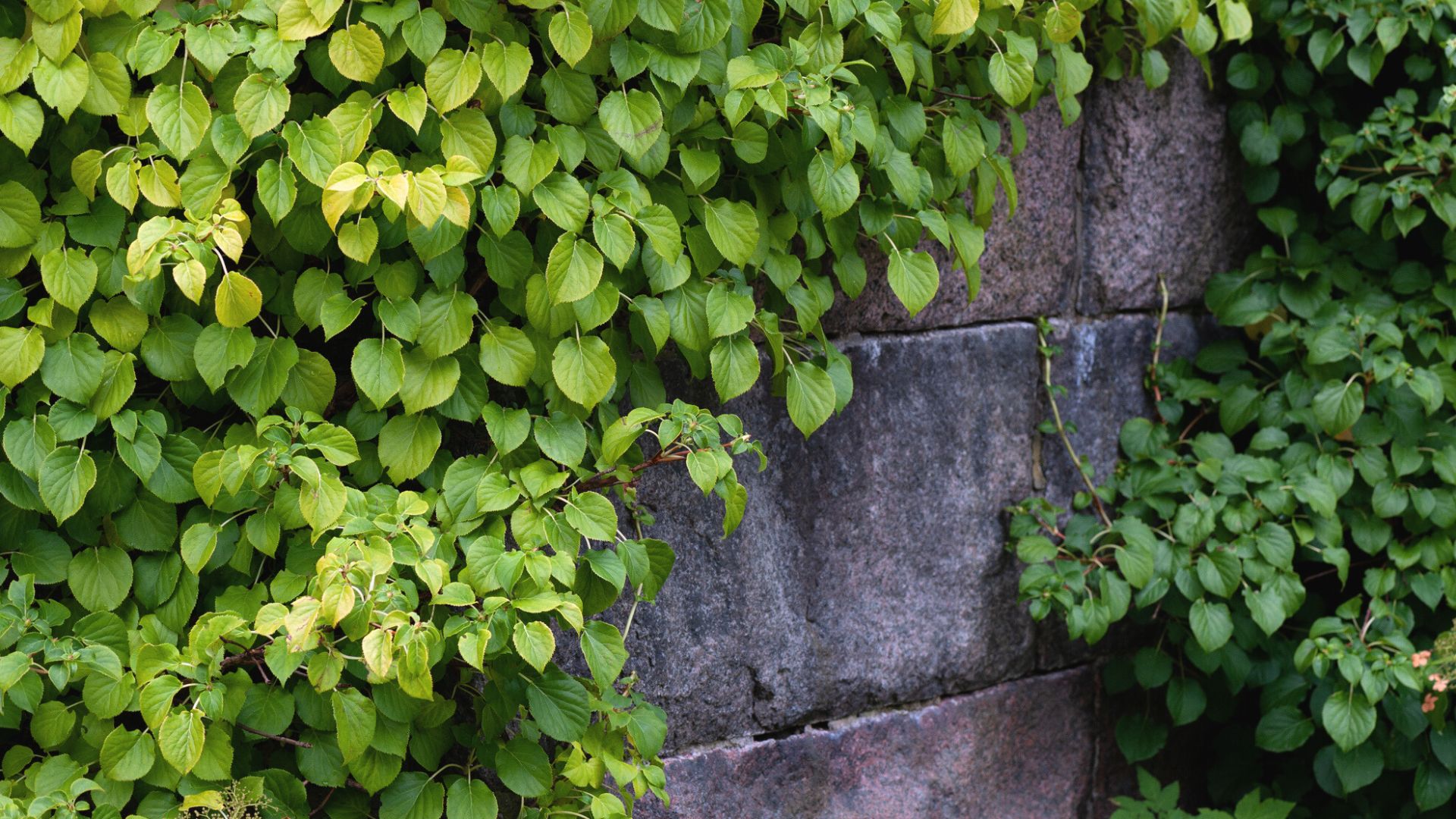

Climbing hydrangeas have charming lacecap flowerheads made up of a disc of tiny, tightly packed flowers surrounded by a ring of larger blossoms. These lovely blossoms have an old-fashioned appeal, and when seen on a background of large, lush vines they are stunning. This article explains what to do when your climbing hydrangea fails to bloom.
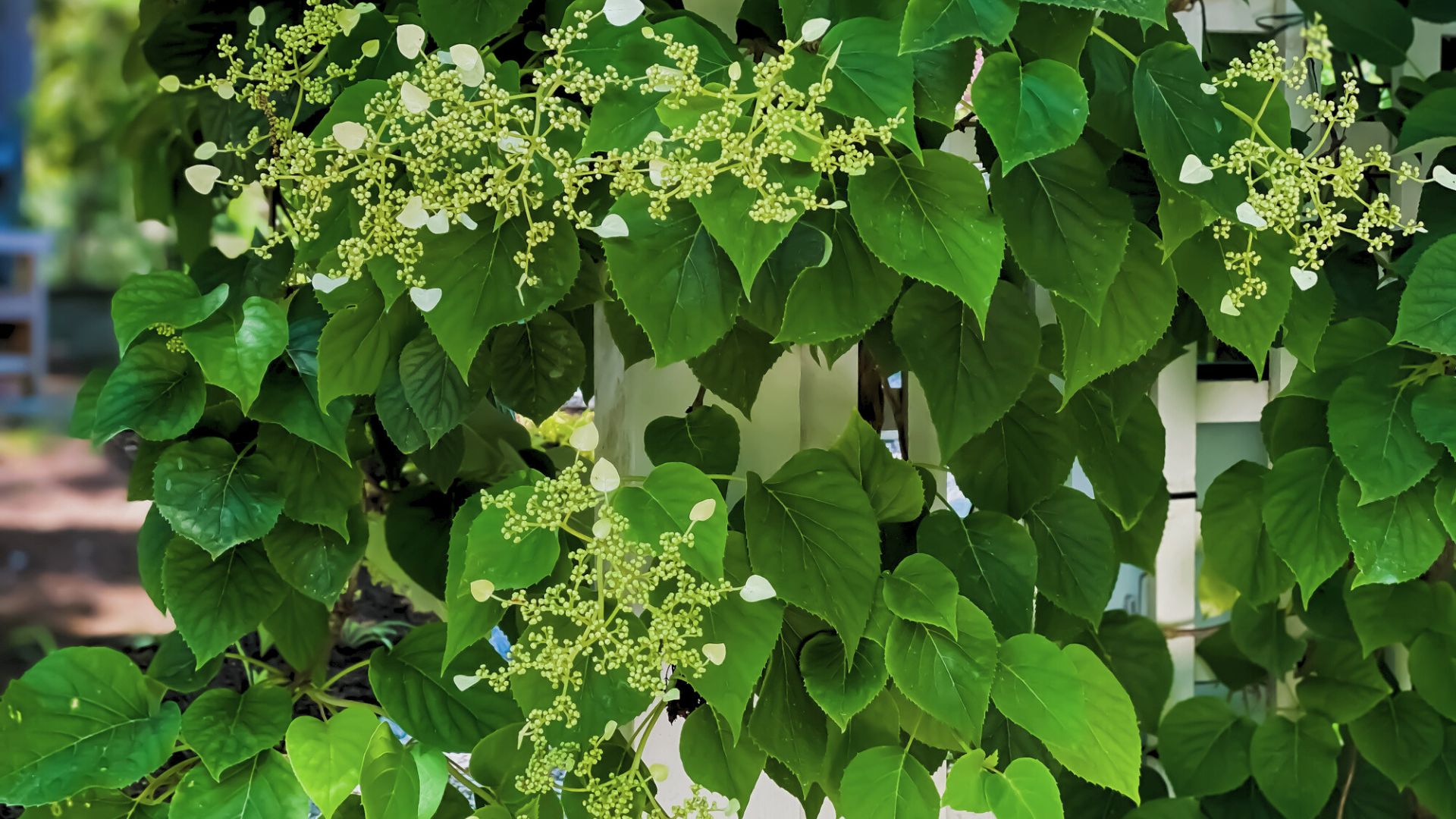
When Does Climbing Hydrangea Bloom?
Climbing hydrangea blooms in late spring and summer. After a season or two comes and goes without a bloom in sight, gardeners may become worried about their vines. Take heart, because in most cases, there is nothing wrong. These vines are notoriously slow to become established and produce their first flowers. In fact, several seasons may come without blossoms. Rest assured that they are worth the wait.
Tips on Getting Climbing Hydrangeas to Bloom
If you become concerned about your climbing hydrangea when it fails to flower, take a look at this checklist of potential problems:
- A late frost can damage buds that are on the verge of opening. You may want to try providing protection when a late frost threatens. A tarp or blanket thrown over the vine is enough to protect the plant from a light frost.
- Vines that run along the ground won’t bloom. Attach the vines to a strong supporting structure
- Branches that stray from the main part of the plant use energy and don’t add to the appearance of the vine. They also add lopsided weight that may pull the vine away from its supporting structure. Remove them back to a main branch so the plant can focus its energy on upward growth and flowers.
- When a climbing hydrangea won’t bloom, it’s sometimes the result of too much nitrogen fertilizer. Nitrogen encourages hydrangeas to put on a lot of dark green foliage at the expense of flowers. One to two inches of compost applied in a layer over the soil contains all the nutrients a young hydrangea vine needs. Once it’s established and growing well, you don’t need to fertilize at all. Lawn fertilizer is high in nitrogen, so keep it away from your hydrangeas.
- You’ll have a hard time getting climbing hydrangeas to bloom if you’re pruning at the wrong time of year. The best time is immediately after the blossoms begin to fade. The buds for next year’s blossoms begin to form about a month after the flowering period. If you prune late, you’ll be clipping off next year’s blooms.
Gardening tips, videos, info and more delivered right to your inbox!
Sign up for the Gardening Know How newsletter today and receive a free copy of our e-book "How to Grow Delicious Tomatoes".

Jackie Carroll has written over 500 articles for Gardening Know How on a wide range of topics.
-
 Looking For Plants To Give You The Soft And Fuzzies? Try These 5 Fuzzy Leaf Plant Options
Looking For Plants To Give You The Soft And Fuzzies? Try These 5 Fuzzy Leaf Plant OptionsLovers of texture, drama, silver foliage and tactile plants will adore these special sensory garden additions. These fuzzy leaf plant options will leave you all aglow
By Susan Albert
-
 Get Ready For A Summer Of Hummers! Grow These Full Sun Hummingbird Plants and Flowers
Get Ready For A Summer Of Hummers! Grow These Full Sun Hummingbird Plants and FlowersIf you’re lucky enough to enjoy a sunny backyard, make sure you are maxing out on your pollinator opportunities and grow these full sun hummingbird plants and flowers
By Tonya Barnett
-
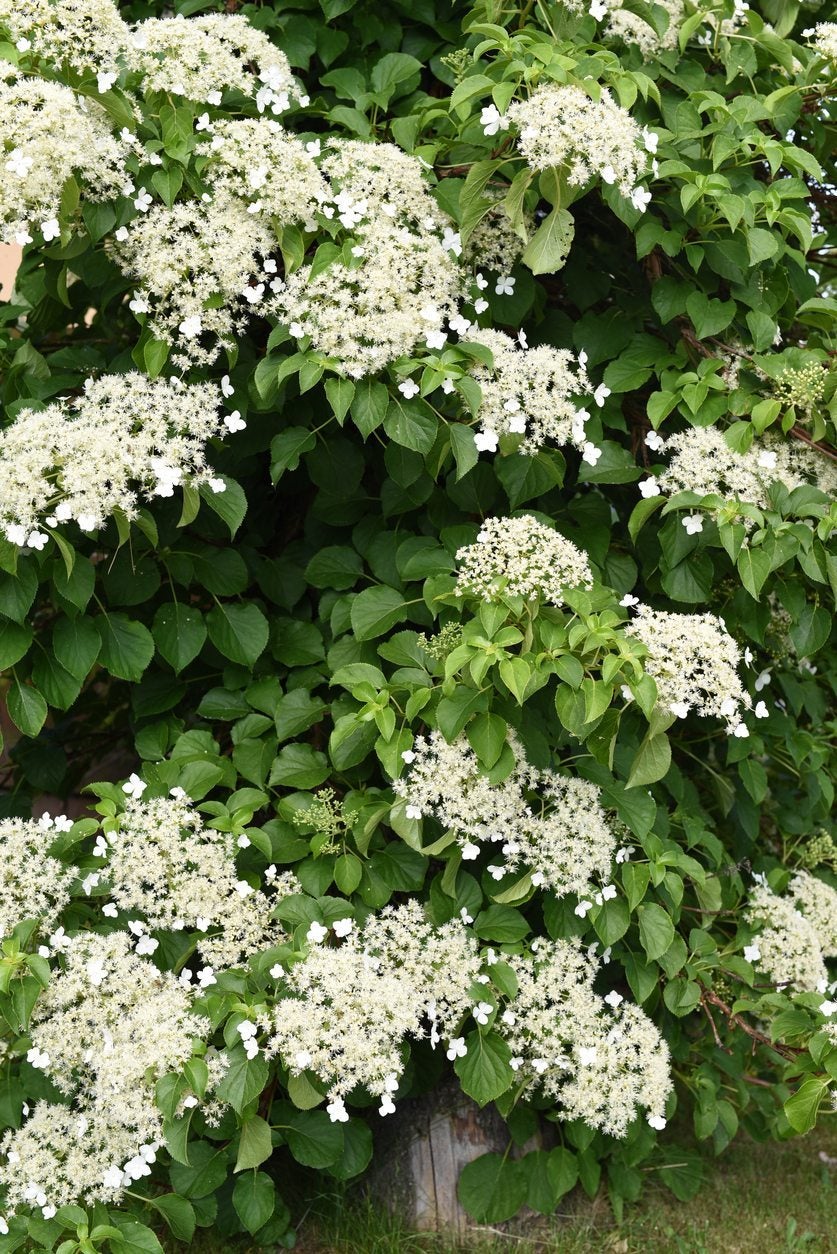 Evergreen Hydrangea Care – Growing An Evergreen Climbing Hydrangea
Evergreen Hydrangea Care – Growing An Evergreen Climbing HydrangeaIf you love your garden hydrangea plants but would like to try a new variety, take a look at evergreen hydrangea vines. These hydrangeas climb up trellises, walls or trees, but can also be grown as shrubs. Learn more about the plants in this article.
By Teo Spengler
-
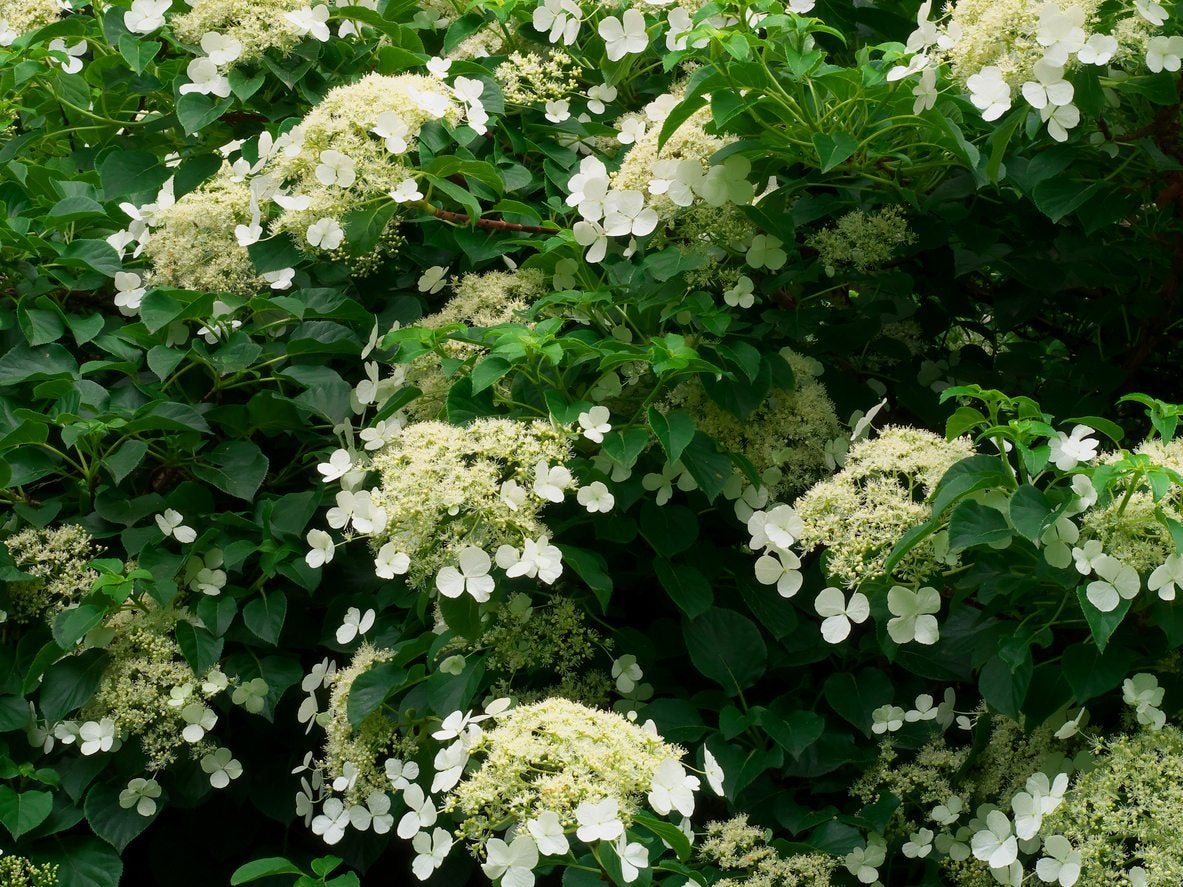 Climbing Hydrangea Pruning – How To Prune Climbing Hydrangea Vines
Climbing Hydrangea Pruning – How To Prune Climbing Hydrangea VinesClimbing hydrangea is a spectacular plant, but it has a rambunctious nature and can get easily get out of control if you aren't careful. Pruning climbing hydrangeas isn't difficult and will keep the vines looking their best. Learn about climbing hydrangea pruning here.
By Mary H. Dyer
-
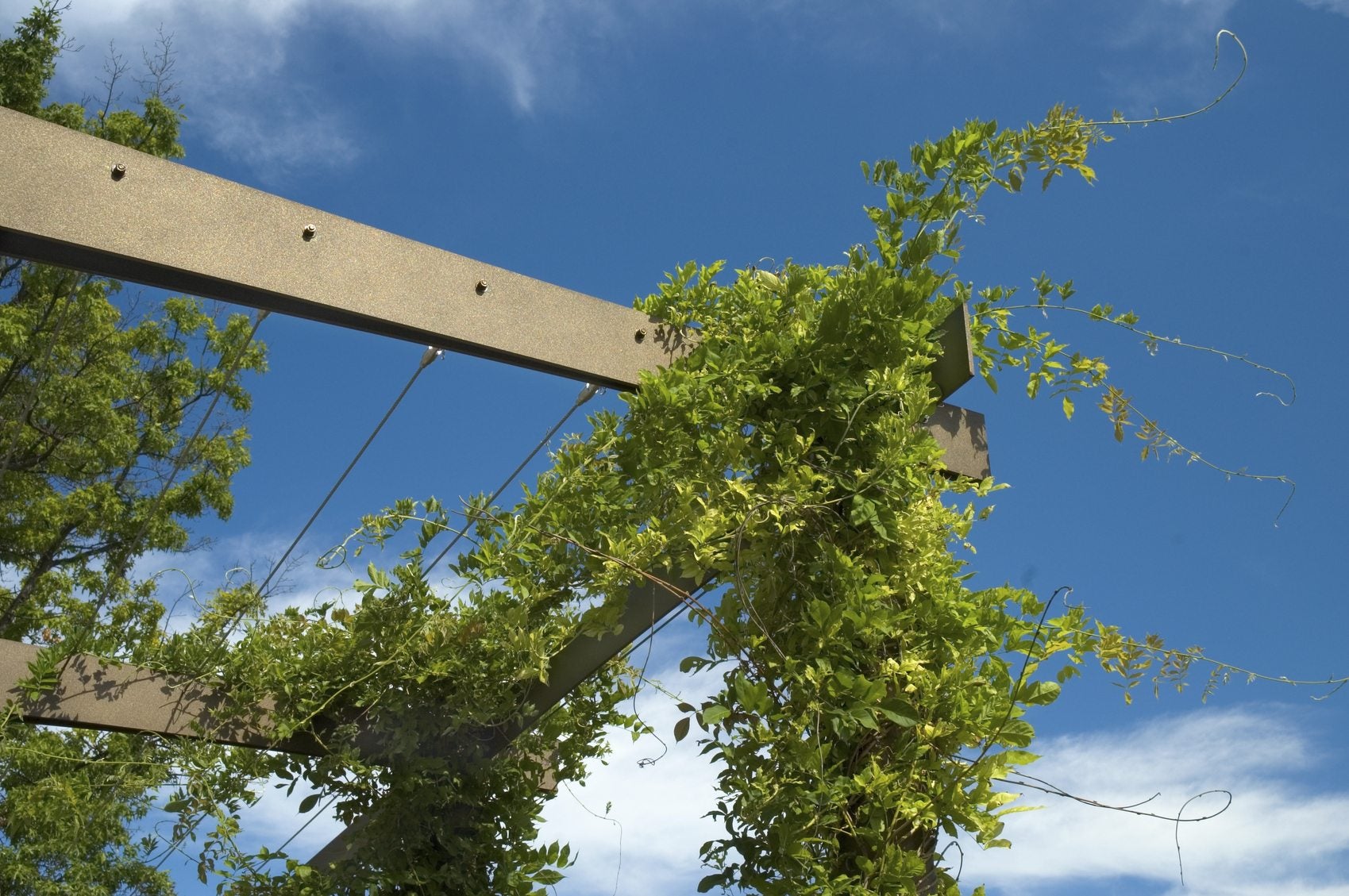 Getting Climbing Hydrangea To Climb: How To Make A Climbing Hydrangea Climb
Getting Climbing Hydrangea To Climb: How To Make A Climbing Hydrangea ClimbIf you have a climbing hydrangea not climbing, what do you do? Click this article to learn more about attaching climbing hydrangeas to support and getting climbing hydrangeas to climb like they?re supposed to.
By Darcy Larum
-
 Climbing Hydrangea Plant - Tips On How To Grow a Climbing Hydrangea
Climbing Hydrangea Plant - Tips On How To Grow a Climbing HydrangeaClimbing hydrangeas feature large, fragrant clusters of white flowers that bloom in late spring and summer against a backdrop of dark green, heart-shaped foliage. Learn how to grow them with info in this article.
By Jackie Carroll